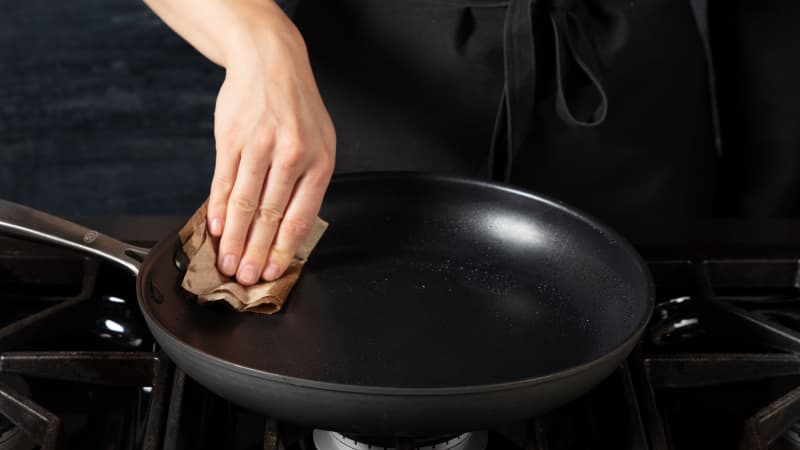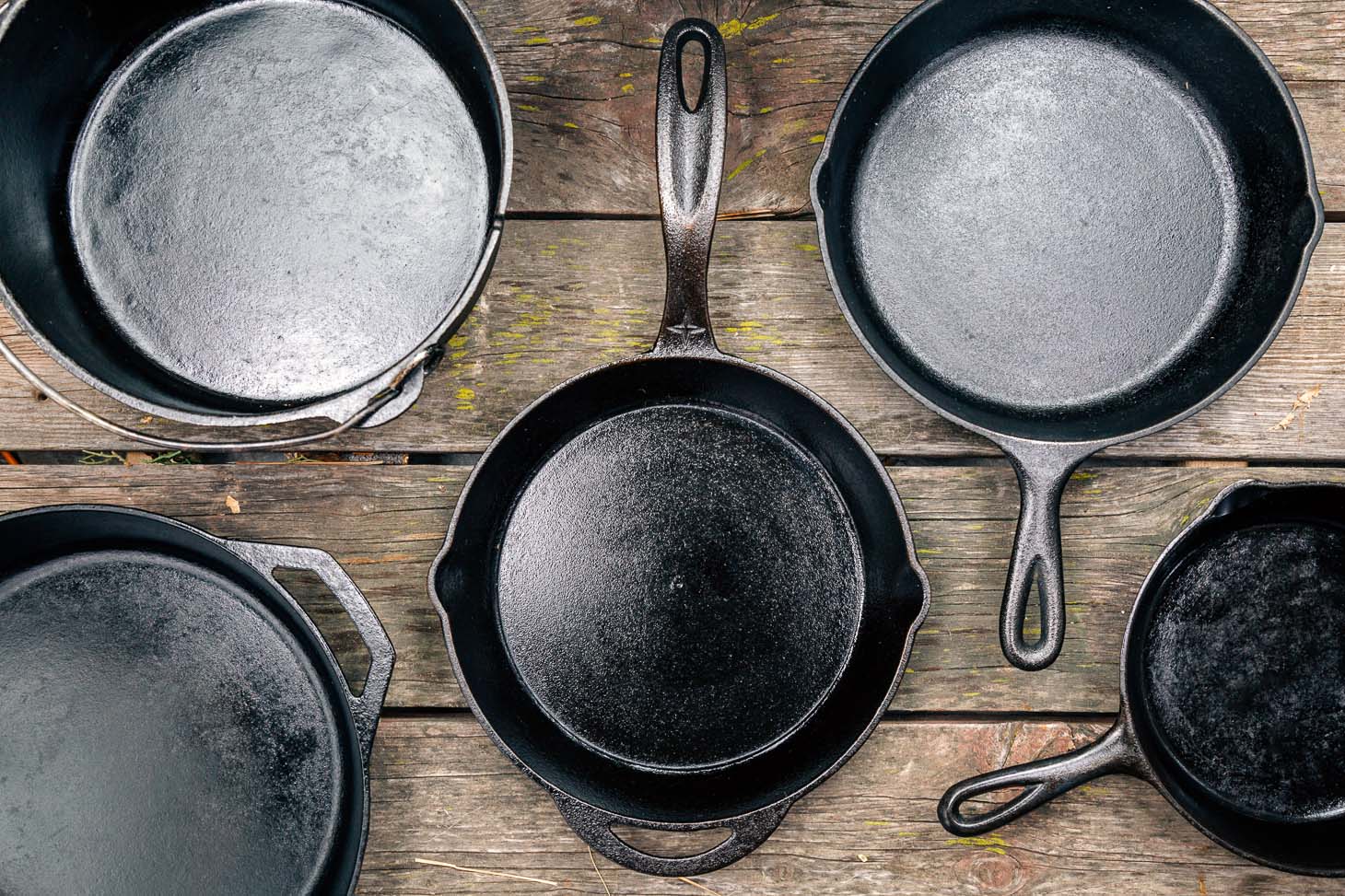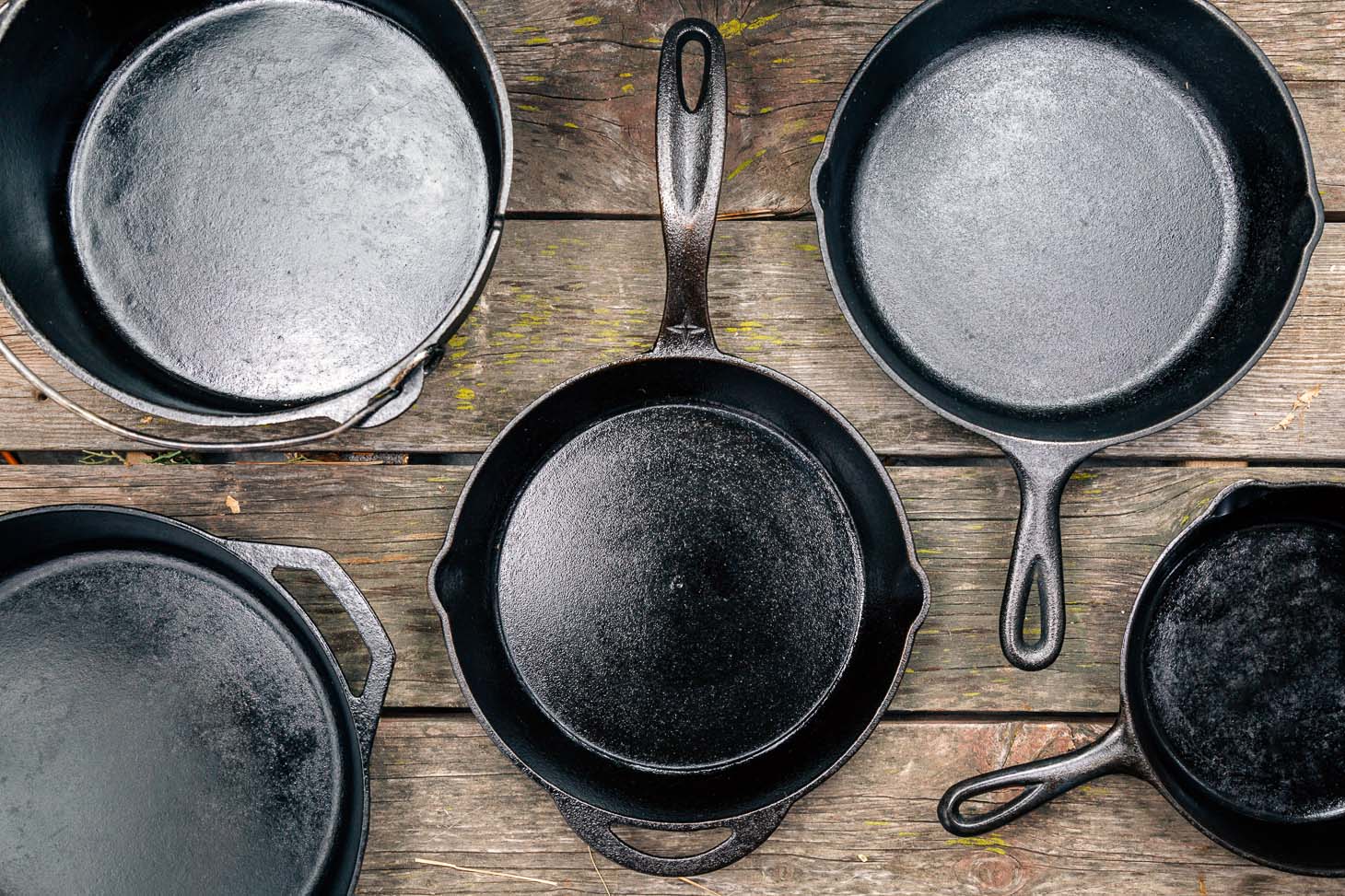When it comes to **seasoning** your cast iron cookware, a question often arises among kitchen professionals: how long to leave cast iron in oven when seasoning? This process is pivotal for enhancing the non-stick properties of your cookware and ensuring optimal cooking performance.
Understanding the intricacies of seasoning can significantly affect the longevity and durability of your cast iron. In this comprehensive guide, we will delve into the details of seasoning cast iron, addressing common concerns and providing practical advice tailored for kitchen professionals.

The Importance of Seasoning Cast Iron
Seasoning is not just a mere suggestion; it is an essential practice for anyone utilizing cast iron cookware in their kitchen. By applying a layer of oil and heating it in the oven, you create a natural non-stick surface that can withstand high temperatures and retain flavors. Properly seasoned cast iron not only enhances the **culinary experience** but also sets the stage for healthier cooking.
Choosing the Right Oil for Seasoning
One of the first steps in the seasoning process is selecting an appropriate oil. Various options exist, but neutral oils are often favored due to their high smoke points and accessibility. Oils such as canola, vegetable, and grapeseed oils are popular choices among professionals. Understanding the oil characteristics can greatly impact your cookware's performance.
Preparing the Cast Iron
Before you place your cast iron in the oven, proper preparation is key. Clean the surface thoroughly to remove any residue or old seasoning. Use hot water and a non-metal brush to give your skillet a fresh start. It's crucial that your cast iron is completely dry to avoid moisture traps during the seasoning process.
How Long Should You Leave Cast Iron in the Oven?
Now onto the critical question: how long to leave cast iron in oven when seasoning? After applying a thin layer of your chosen oil, it is generally recommended to place your cast iron in a preheated oven (around 450F to 500F) for 1 to 2 hours. This timeframe allows the oil to polymerize, creating a durable, slick surface that enhances the performance of your cookware.
Monitoring the Process
During the seasoning process, it is vital to keep an eye on your cast iron. Depending on the oil you use, the smoking time may vary. If you notice excessive smoke, consider lowering the oven temperature or reducing the time your cookware is in the oven. Remember, kitchen professionals are always vigilant.
Common Mistakes to Avoid
While seasoning cast iron seems straightforward, several common mistakes can undermine your efforts. For instance, applying too much oil can lead to a sticky residue. Additionally, re-seasoning too soon after cooking may prevent effective bonding. Therefore, it is essential to pay attention to your tools and methods.
Final Thoughts on Seasoning Cast Iron
By understanding how long to leave cast iron in oven when seasoning, you elevate your culinary prowess and enhance the durability of your cookware. With the right techniques and monitoring, your cast iron will serve you faithfully for years to come.

FAQ Section
1. How often should I season my cast iron?
It's recommended to season your cast iron periodically, especially if you notice food sticking or dulling of the surface. A good rule of thumb is to re-season every few months or after heavy use.
2. Can I use olive oil for seasoning cast iron?
While olive oil is a common cooking oil, its low smoke point may not make it the best choice for seasoning. It's better to use oils with higher smoke points, such as grapeseed or canola.
3. What should I do if my cast iron is unevenly seasoned?
If you find your cast iron has uneven seasoning, you can strip the old seasoning using a lye bath or blasting it in an oven set to self-clean. Follow that with a proper re-seasoning process.
As an Amazon Associate, I earn from qualifying purchases.





Leave a comment
This site is protected by hCaptcha and the hCaptcha Privacy Policy and Terms of Service apply.